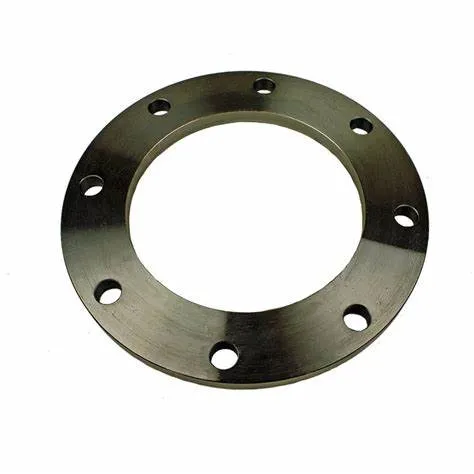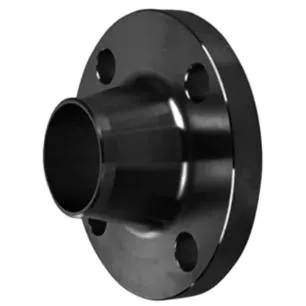-
Cangzhou Yulong Steel Co., Ltd.
-
Phone:
+86 13303177267 -
Email:
admin@ylsteelfittings.com
- English
- Arabic
- Italian
- Spanish
- Portuguese
- German
- kazakh
- Persian
- Greek
- French
- Russian
- Polish
- Thai
- Indonesian
- Vietnamese
- Zulu
- Korean
- Uzbek
- Hindi
- Serbian
- Malay
- Ukrainian
- Gujarati
- Haitian Creole
- hausa
- hawaiian
- Hebrew
- Miao
- Hungarian
- Icelandic
- igbo
- irish
- Japanese
- Javanese
- Kannada
- Khmer
- Rwandese
- Afrikaans
- Albanian
- Amharic
- Armenian
- Azerbaijani
- Basque
- Belarusian
- Bengali
- Bosnian
- Bulgarian
- Catalan
- Cebuano
- China
- China (Taiwan)
- Corsican
- Croatian
- Czech
- Danish
- Esperanto
- Estonian
- Finnish
- Frisian
- Galician
- Georgian
- Kurdish
- Kyrgyz
- Lao
- Latin
- Latvian
- Lithuanian
- Luxembourgish
- Macedonian
- Malgashi
- Malayalam
- Maltese
- Maori
- Marathi
- Mongolian
- Myanmar
- Nepali
- Norwegian
- Norwegian
- Occitan
- Pashto
- Dutch
- Punjabi
- Romanian
- Samoan
- Scottish Gaelic
- Sesotho
- Shona
- Sindhi
- Sinhala
- Slovak
- Slovenian
- Somali
- Sundanese
- Swahili
- Swedish
- Tagalog
- Tajik
- Tamil
- Tatar
- Telugu
- Turkish
- Turkmen
- Urdu
- Uighur
- Welsh
- Bantu
- Yiddish
- Yoruba

Feb . 15, 2025 15:44 Back to list
BS10 THREADED TABLE D/E/F/H
In the intricate world of industrial piping systems, flanges play a critical role in ensuring reliable and efficient operations. As an essential component, flanges allow for the connection of pipes, valves, pumps, and other equipment, forming a robust pipeline network. Understanding the different types of flanges is crucial not only for optimizing system design but also for maintaining safety standards and operational efficiency.
5. Lap Joint Flanges Known for flexibility and ease of alignment, lap joint flanges are suitable for systems requiring frequent disassembly. These flanges comprise a stub end that is welded to the pipe, with the flange loose behind it. Their design is particularly beneficial for systems involving costly or exotic materials, as they allow the reuse of flanges with different stub ends. 6. Threaded Flanges These flanges are distinguished by a tapered thread, which is closely compatible with similarly threaded pipes. Predominantly used in low-pressure applications, they do not require welding, making them suitable for explosive atmospheres where welding is hazardous. Threaded flanges find their prominence in the plumbing industry where simplicity and safety are prioritized. 7. Orifice Flanges Essential for flow measurement applications, orifice flanges are employed alongside orifice meters. They incorporate tapping holes to facilitate pressure measurements and are a critical component in oil and gas pipelines where accurate flow data is indispensable. Industry experts highlight their importance in optimizing energy consumption and enhancing the operational efficiency of a system. Selecting the right flange type requires a comprehensive understanding of the system’s operational demands, pressure, temperature conditions, and material compatibility. Consulting with seasoned professionals and adhering to industry standards is essential to ensure the best outcomes. This informed approach not only boosts system performance but also fortifies trust with stakeholders through enhanced safety and reliability. In conclusion, the diverse types of flanges used in piping cater to various industrial needs, each offering specific advantages tailored to particular applications. While cost and ease of installation may drive some choices, the long-term benefits of durability, safety, and performance should guide the final decision. By leveraging industry expertise and trustworthy practices, businesses can optimize their piping systems for the challenges and demands of modern industry.


5. Lap Joint Flanges Known for flexibility and ease of alignment, lap joint flanges are suitable for systems requiring frequent disassembly. These flanges comprise a stub end that is welded to the pipe, with the flange loose behind it. Their design is particularly beneficial for systems involving costly or exotic materials, as they allow the reuse of flanges with different stub ends. 6. Threaded Flanges These flanges are distinguished by a tapered thread, which is closely compatible with similarly threaded pipes. Predominantly used in low-pressure applications, they do not require welding, making them suitable for explosive atmospheres where welding is hazardous. Threaded flanges find their prominence in the plumbing industry where simplicity and safety are prioritized. 7. Orifice Flanges Essential for flow measurement applications, orifice flanges are employed alongside orifice meters. They incorporate tapping holes to facilitate pressure measurements and are a critical component in oil and gas pipelines where accurate flow data is indispensable. Industry experts highlight their importance in optimizing energy consumption and enhancing the operational efficiency of a system. Selecting the right flange type requires a comprehensive understanding of the system’s operational demands, pressure, temperature conditions, and material compatibility. Consulting with seasoned professionals and adhering to industry standards is essential to ensure the best outcomes. This informed approach not only boosts system performance but also fortifies trust with stakeholders through enhanced safety and reliability. In conclusion, the diverse types of flanges used in piping cater to various industrial needs, each offering specific advantages tailored to particular applications. While cost and ease of installation may drive some choices, the long-term benefits of durability, safety, and performance should guide the final decision. By leveraging industry expertise and trustworthy practices, businesses can optimize their piping systems for the challenges and demands of modern industry.
Latest news
-
ANSI 150P SS304 SO FLANGE
NewsFeb.14,2025
-
ASTM A333GR6 STEEL PIPE
NewsJan.20,2025
-
ANSI B16.5 WELDING NECK FLANGE
NewsJan.15,2026
-
ANSI B16.5 SLIP-ON FLANGE
NewsApr.19,2024
-
SABS 1123 FLANGE
NewsJan.15,2025
-
DIN86044 PLATE FLANGE
NewsApr.19,2024
-
DIN2527 BLIND FLANGE
NewsApr.12,2024
-
JIS B2311 Butt-Welding Fittings LR/SR 45°/90° /180°Seamless/Weld
NewsApr.23,2024











